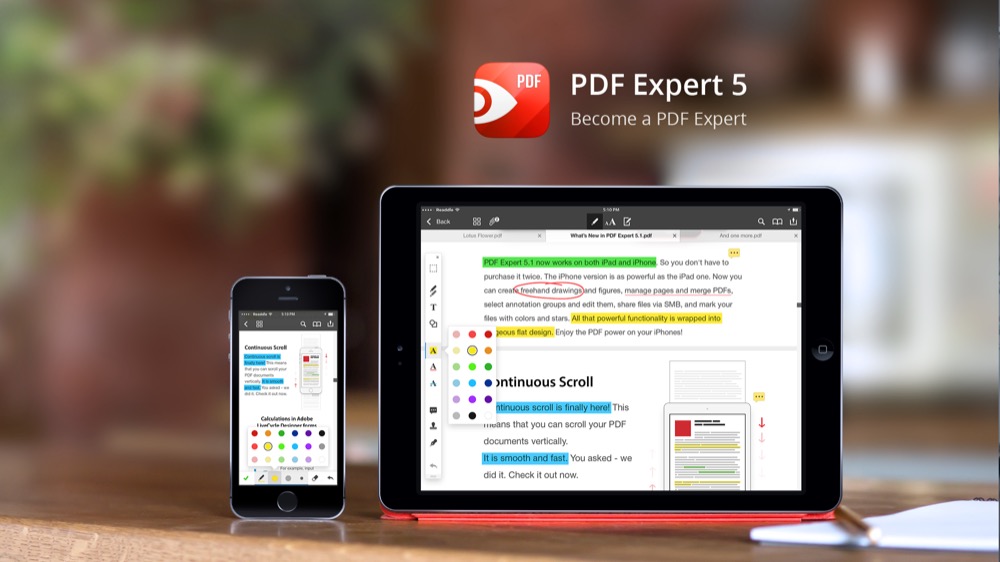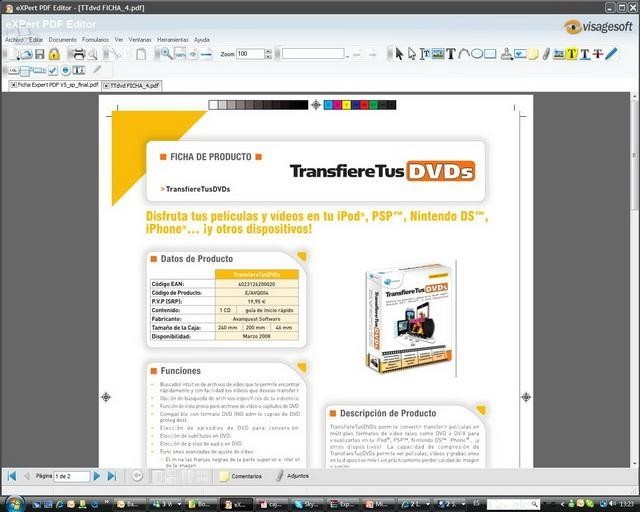

The follow-up was performed 6 and 12 months after admission, with a follow-up response rate of 99.8% after 12 months. The clinical parameters and cardiovascular risk factors are reported in the Data Supplement that accompanies the online version of this article at. Previous ECGs were not available for the adjudication. The ECG was deemed as low risk, when a normal sinus rhythm without signs of ischemia, atrial or ventricular arrhythmia, tachycardia, atrio-ventricular, or bundle branch block was documented. In cases of disagreement a second cardiologist was consulted. All ECGs were reinterpreted by a cardiologist. Furthermore, heart rhythm, atrio-ventricular and bundle branch blocks were recorded. To reflect usual standard of care, the ECG was interpreted acutely by the emergency physician who based the diagnosis of ischemia on the universal definition of AMI ( 14): ST-depression (≥0.05 mV) or T-wave inversion (≥0.1mV) in 2 contiguous leads, or ST-elevation (≥0.1 mV or ≥0.2 mV in V2/3). The 99th percentile concentration was 27 ng/L in the general population ( 16). The intraassay and interassay CVs of this assay were 4.26% and 6.29% ( 15).

The test specific limit of detection (LoD) was 1.9 ng/L (range 0–50000 ng/L), with a 10% CV at a concentration of 5.2 ng/L. Independently of the diagnosis, TnI was measured using an hs-TnI immunoassay (Abbott Diagnostics, ARCHITECT i1000SR). Type 1 and 2 AMIs were classified according to the third universal definition of myocardial infarction ( 14). In cases of disagreement (n = 132), a third cardiologists review was obtained. The final diagnosis of all patients was made by 2 cardiologists independently. The final diagnosis was adjudicated based on all available clinical and imaging results, ECG, standard laboratory testing, including hs-TnT. A standard ECG was collected on admission by trained medical staff. Troponin was routinely measured using the TnT assay (Elecsys® troponin T high sensitive) by Roche Diagnostics. The standard diagnostic approach in all individuals was, according to the ESC-2015 guideline, a blood sample directly at admission and after 3 h ( 3). THE STANDARD DIAGNOSTIC APPROACH AND AMI ADJUDICATION The BACC study was registered at (NCT02355457), complied with the Declaration of Helsinki and was approved by the local Ethics Committee. We excluded all patients with ST-elevation MI (STEMI) (n = 57) from further analyses. The inclusion criteria were a suspected AMI, age above 18 and the ability to provide written informed consent. All patients were enrolled between July 2013 and December 2014. Briefly, we included 1040 patients presenting to the ED and chest pain unit of the University Heart Center Hamburg with suspected AMI. The Biomarkers in Acute Cardiac Care (BACC) study has been described previously ( 4). Here, we aimed to evaluate the diagnostic performance of a single baseline hs-TnI measurement in combination with a low risk electrocardiogram (ECG) in emergency patients with different pretest probabilities for AMI. It remains unclear, whether the adoption of one baseline single high-sensitivity troponin determination allows for safe rule-out across a variety of suspected AMI populations that may include various pretest probabilities. Another study suggested using a single baseline hs–troponin I (hs-TnI) measurement with a cutoff at 5 ng/L in 6304 patients, which resulted in a 99.6% NPV with 61% of all patients without AMI being ruled out ( 13). This concept rules out a small percentage of all admitted patients by application of hs-TnT. Retrospective registry work suggested that undetectable concentrations of troponin T as measured with a high-sensitivity troponin T (hs-TnT)<5 ng/L resulted in a high negative predictive value (NPV) for AMI ( 12). This approach is recommended in the ESC-2015 guideline as an alternative strategy ( 3).Įven faster rule-out concepts using a single baseline troponin measurement have also been investigated ( 9– 11). Using substantially lower troponin cutoff concentrations, a rapid 1-h rule-out algorithm was shown to be safely applicable in patients with suspected AMI utilizing high-sensitivity troponin assays ( 4– 8).
#PDF EXPERT 2.5.19 TNT SERIAL#
The recent 2015 European Society of Cardiology (ESC) guidelines recommend a serial troponin measurement after 3 h with a high-sensitivity troponin assay to rule out non–ST-elevation AMI, when the concentration is below the 99th percentile ( 3). Owing to limited resources in the emergency department (ED) there is a clinical need to rapidly and safely rule out AMI.

Cardiac troponin is an established biomarker to differentiate between acute myocardial infarction (AMI) 9 and non-AMI patients ( 1, 2).


 0 kommentar(er)
0 kommentar(er)
